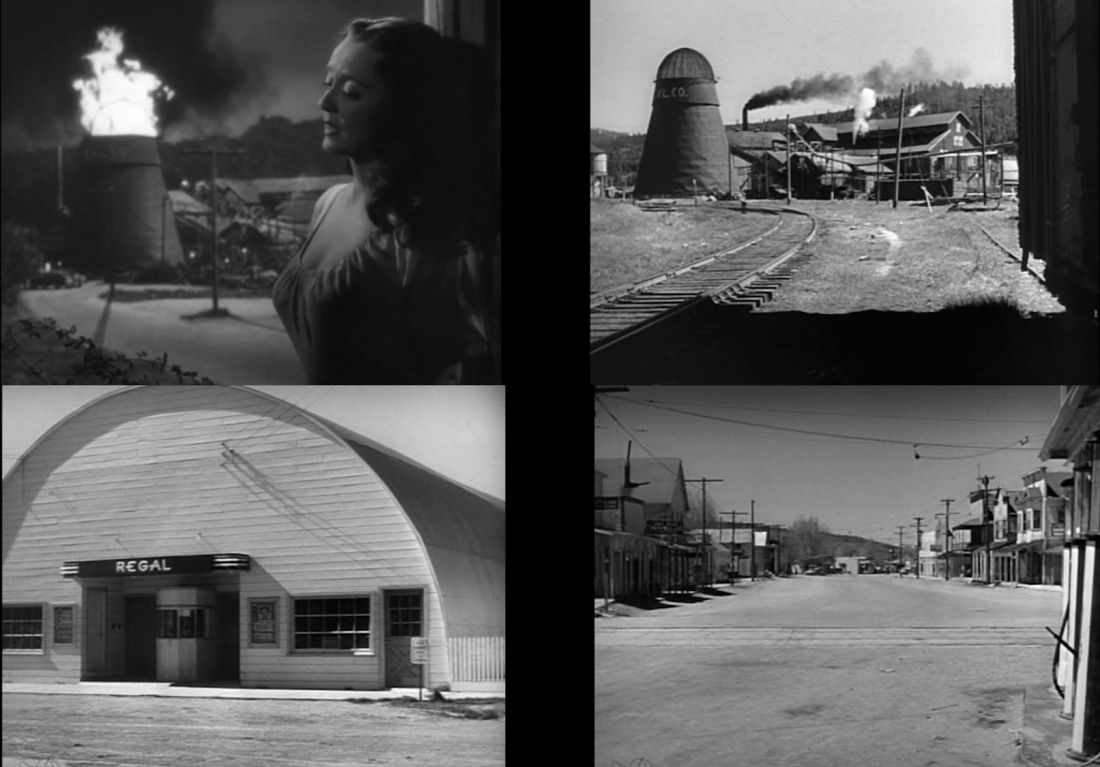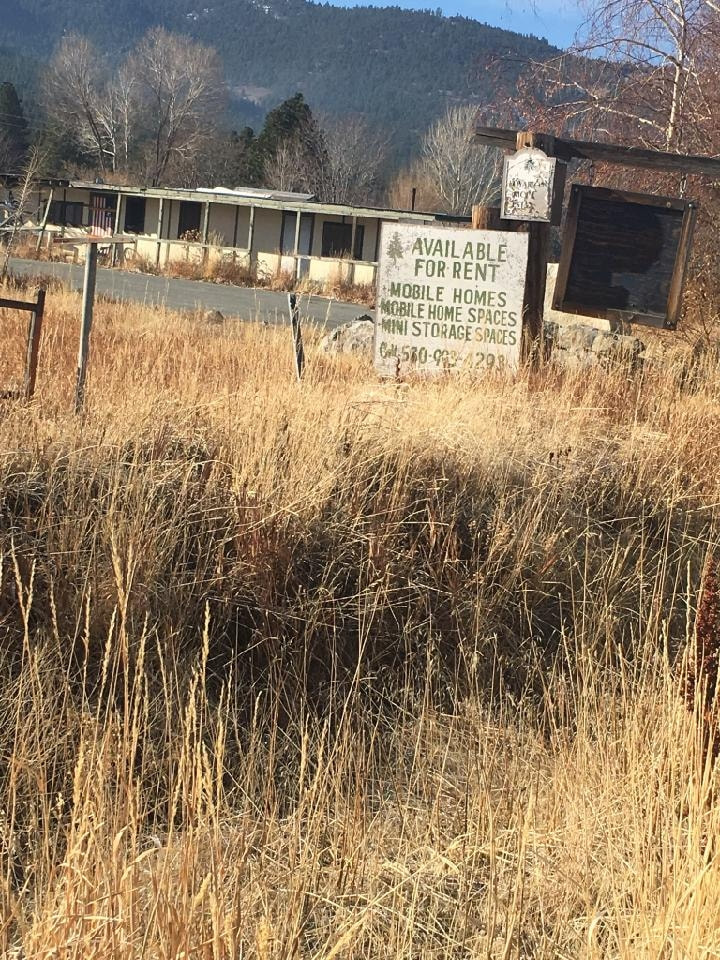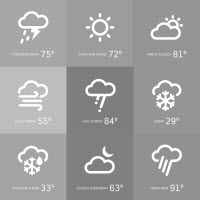Designation advances ongoing Trump Administration priority to safely increase public access to outdoor recreational opportunities.
WASHINGTON — U.S. Secretary of the Interior David L. Bernhardt designated a new national recreation trail in California today. The 1.5-mile-long Amboy Crater Trail takes hikers through a sprawling lava field to the top of the iconic Amboy cinder cone volcano. The view from the 984-foot rim will awe those who take in the vastness of the Mojave Desert. The designation is part of a broader national announcement that establishes 30 new national recreation trails in 25 states, adding more than 1,275 miles to the National Trails System.
Today’s announcement is in addition to the 370 miles of national recreation trails that were designated in 2018, bringing the Trump Administration’s total to 49 national recreation trails added, spanning 1,645 miles.
“I encourage Americans to get outside, enjoy our incredible public lands and visit a nearby national recreation trail. Spanning more than 83,000 miles, larger than the interstate highway system, the National Trails System provides easy access to a wide variety of outdoor experiences,” said Secretary Bernhardt. “The Trump Administration is committed to expanding public access to the outdoors, so more Americans have the opportunity and ability to experience it in all of its splendor.”
The new designations advance the Trump Administration’s priority to increase public access to outdoor recreational opportunities in alignment with Secretary’s Order 3366. Interior-managed outdoor recreation activities support more than 452,000 jobs and account for more than $58 billion in economic output across the country.
“American Trails promotes and maintains the database of our country’s National Recreation Trails (NRT) and applauds this new slate of Secretarial designations from the Department of the Interior," said NRT Executive Director Mike Passo. "The NRT program brings vibrancy to the National Trail System by uniquely highlighting trails that are accessible, relatable, and serve a wide diversity of our nation's public. With these designations, the NRT database at AmericanTrails.org exceeds 1,300 trails."
“American Hiking Society welcomes the designation of 30 new National Recreation Trails that will create enhanced recreational opportunities for hikers and all types of trail users," said American Hiking Society Executive Director Kate Van Waes. "Each trail selected to receive this honor must support a diversity of users, reflect its region, and be among America's best trails, all qualities that benefit the hiking community.”
"Americans are enjoying close-to-home recreation and thanks to our amazing National Trails System, they have even more places to explore. With a 75% increase in bike ridership on trails this year, we commend the Department of the Interior for this expansion and granting our nation more access to the outdoors," said PeopleForBikes President and CEO Jenn Dice. "Thanks to these initiatives, we're getting closer to meeting the needs of a fast-growing community of people outdoors and on bikes finding joy, freedom and health on our trails nationwide."
The National Trails System, which includes national scenic, national historic, and national recreation trails, offers an abundance of scenic, historic, and recreation trails for outdoor enjoyment on America’s public lands. The system promotes preservation, public access, travel within, and enjoyment and appreciation of the open-air, outdoor areas, and historic resources of the United States.
The National Recreation Trails Program is jointly administered by the National Park Service and the U.S. Forest Service, in conjunction with a number of federal and nonprofit partners. The designation of a national recreation trail can be done by either the Secretary of the Interior or the Secretary of Agriculture on an existing local or regional trail with the consent of the federal, state, local, nonprofit or private entity that has jurisdiction over the trail.
The trail's managing agency or organization must apply for the distinction. Each of the newly designated trails will receive a certificate of designation, a set of trail markers and a letter of recognition from Secretary Bernhardt.
###
About the U.S. Department of the InteriorThe Department of the Interior conserves and manages the Nation’s natural resources and cultural heritage for the benefit and enjoyment of the American people, provides scientific and other information about natural resources and natural hazards to address societal challenges and create opportunities for the American people, and honors the Nation’s trust responsibilities or special commitments to American Indians, Alaska Natives and affiliated island communities to help them prosper.




